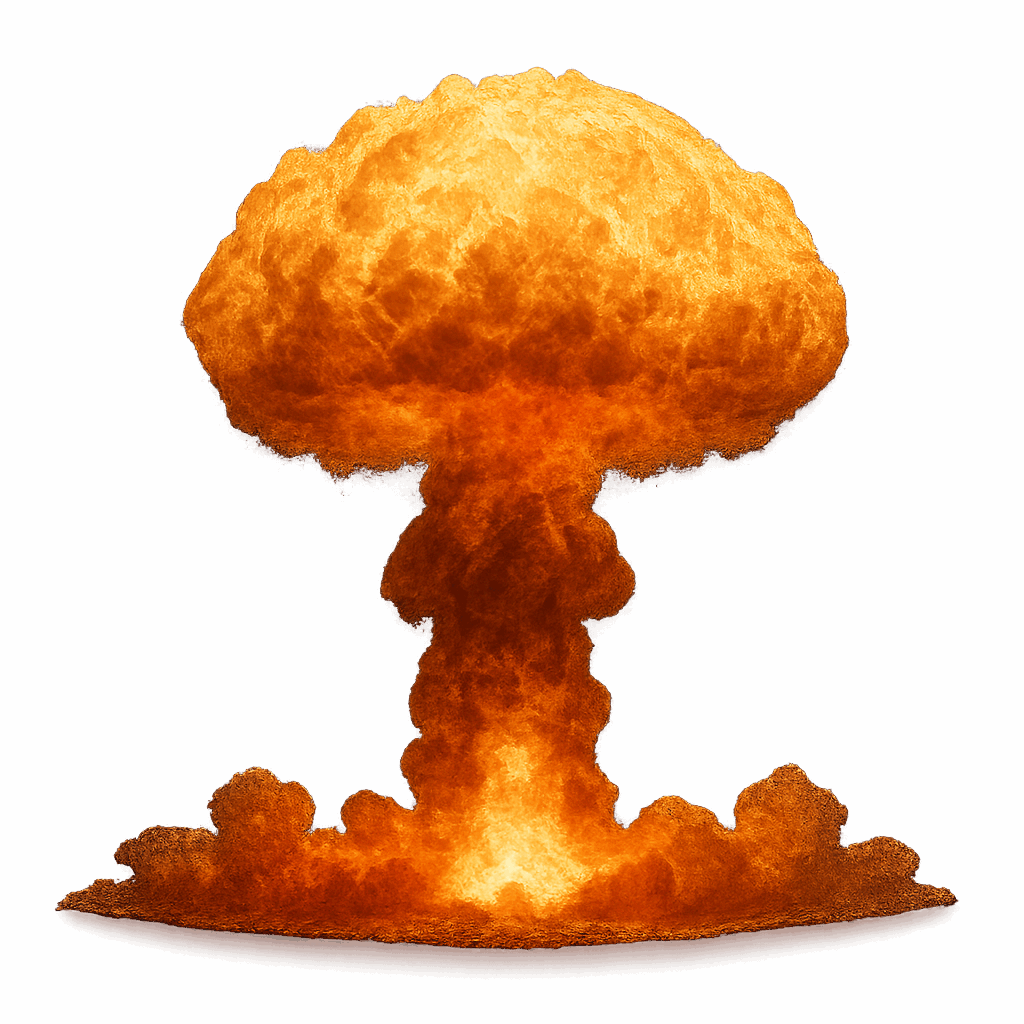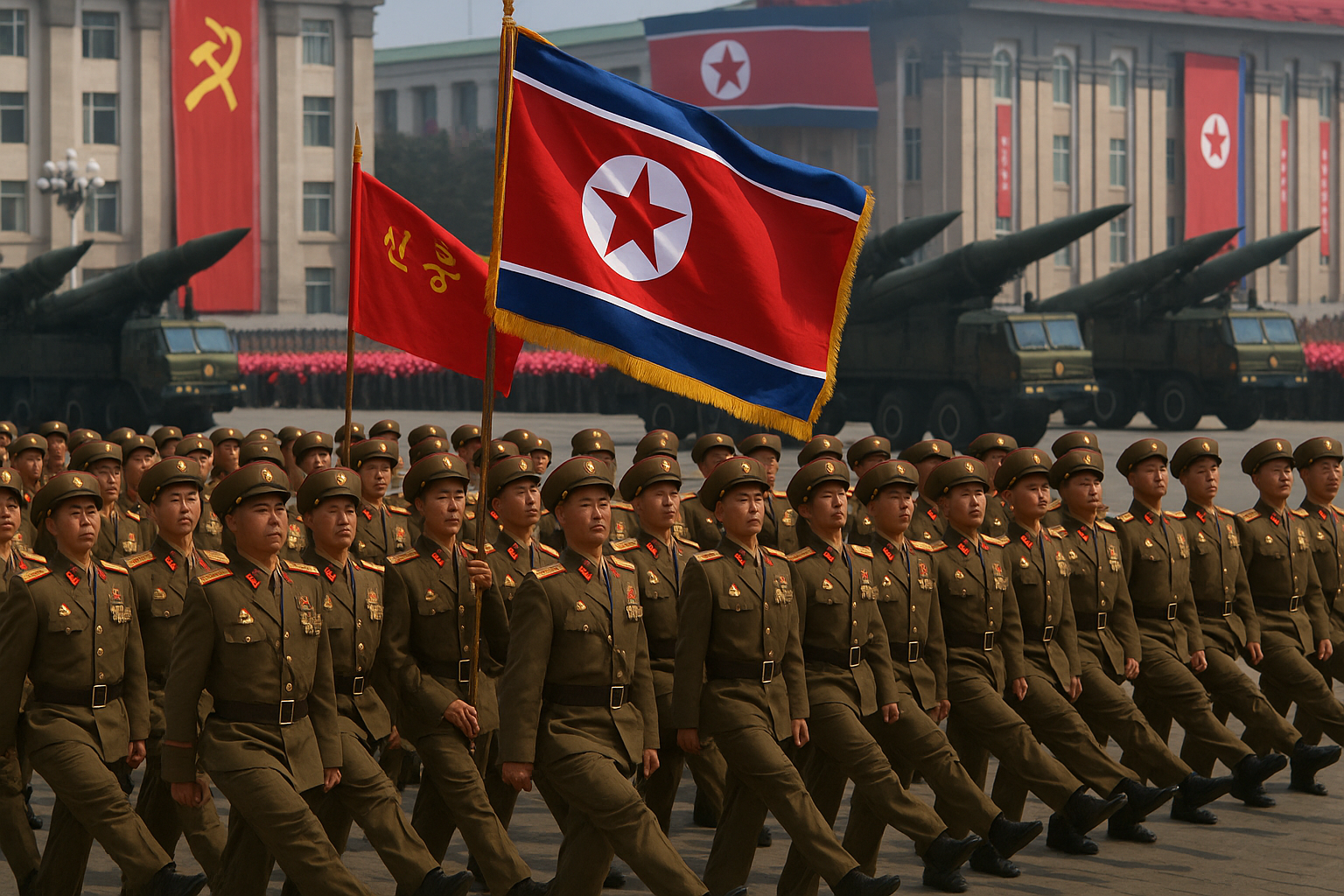North Korea, long shrouded in mystery and menace, made a series of clandestine military sales, rapidly eroding its ability to sustain a military campaign against South Korea, according to multi-source analysis. A once self-reliant military power with a million-strong standing army and elite shock troops, the Hermit Kingdom is liquidating its war-fighting capacity in exchange for political capital, hard currency, and strategic favors from Russia, India, and China.
Elite Forces Leased to Russia
In the past year, Pyongyang has dispatched thousands of its most capable special operations forces to aid Russian efforts in Ukraine. These units—trained in infiltration, sabotage, and urban combat—were previously earmarked for strategic first-strike or retaliatory missions on the Korean Peninsula. South Korean and Five Eyes (FVEY) intelligence sources confirm that entire brigades from Units 11 and 43, once considered cornerstones of North Korea’s asymmetric warfare strategy, have been seen operating in Russian-held territories near the Donbas.
“These aren’t token advisors,” one anonymous South Korean defense official said. “These are some of their best—commandos fluent in guerrilla warfare, now engaged thousands of miles from home. The longer they’re deployed abroad, the less capable North Korea becomes of prosecuting a sustained conflict against the South.”
Munition Stockpiles Depleted
Equally concerning is the volume of artillery shells, rockets, and tactical missile systems North Korea has funneled into the Russian war machine. Satellite imagery from Western defense contractors has shown repeated transfers of heavy munitions at Rajin Port and across the Tumangan rail bridge to Russia’s Far East.
A declassified briefing prepared for the U.S. Senate Armed Services Committee in June 2025 estimated that North Korea has transferred more than 1 million artillery shells and up to 5,000 short-range ballistic missiles to Russia since mid-2023. The report warned that the Hermit Kingdom’s war reserves—already strained by decades of sanctions and limited manufacturing capacity—are now “critically degraded.”
“Should hostilities erupt on the Korean Peninsula, the DPRK would struggle to sustain offensive operations beyond a few weeks without resupply,” said a U.S. intelligence analyst with knowledge of the matter.
Live Nuclear Assets Transferred to Iran and Others
The most disturbing revelation comes from multiple intelligence sources alleging that North Korea has covertly transferred live nuclear assets—or at minimum, weapons-grade fissile material and critical design components—to Iran and several other unnamed “aspirational state actors.”
One Israeli intelligence official, speaking anonymously, confirmed that at least two “suitcase-sized” nuclear devices were transferred to Iranian Revolutionary Guard intermediaries via maritime routes in the Arabian Sea in late 2024.
“We have corroborated this through both HUMINT and SIGINT channels,” the official said. “There is no doubt North Korea is offloading parts of its nuclear arsenal in exchange for massive payments, strategic leverage, and perhaps future concessions.”
American and South Korean analysts believe this marks a pivotal shift in Pyongyang’s nuclear posture. Instead of relying on its arsenal as a deterrent, it is now treating it as a fungible asset—negotiable on the black market and useful as a diplomatic bargaining chip.
Strategic Calculations or Signs of Desperation?
While North Korea may view these transfers as a means of gaining economic relief and geopolitical leverage, the broader implication is that Kim Jong-un’s regime is mortgaging its own defense posture. With elite troops abroad, munitions depleted, and parts of its nuclear deterrent sold or shipped, the country’s ability to fight—let alone win—a sustained war against South Korea is now in question.
“This is a paradox,” notes Dr. Melissa Oh, a senior fellow at the Asia Pacific Security Institute. “By strengthening allies like Russia and rogue states like Iran, North Korea is simultaneously weakening its own immediate capacity to defend or project power on the Peninsula.”
Internal documents leaked from China’s Ministry of State Security hint at Beijing’s unease over the shift. One analysis warns that North Korea “may become a strategic liability” rather than an asset, should it provoke a conflict it can no longer afford to sustain.
Conclusion: A Hollowed-Out Arsenal
Though North Korea continues to showcase missile launches and parades as symbols of strength, the reality behind the façade suggests a weakening military capability. As South Korea and its allies reassess deterrence strategies, North Korea’s internal gamble—trading force for favor—may be far more dangerous than anticipated.
In the shadows of these transactions, the fundamental question lingers: When the next crisis erupts, will Pyongyang have anything left to fight with?






